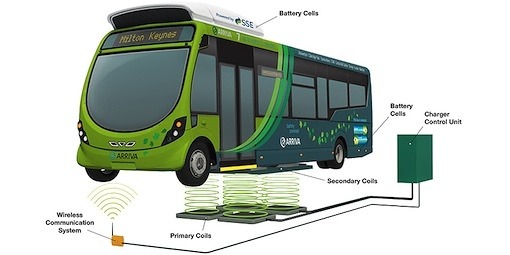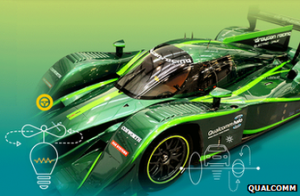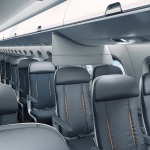 New spacious design brings hope to budget travellers
New spacious design brings hope to budget travellers
Summer holidays are upon us and with the majority of holiday makers now using budget airlines, squeezed into a tiny space with no thrills, it often leaves us wondering is this the best we can do? Well apparently not, airlines can do better!
Design company Preistmangoode have come up with an ingenious design for a commercial plane that will make it’s economy passengers feel they have been upgraded.
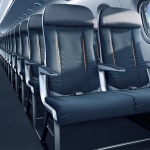 With enough room for every single passenger to fit an airline standard piece of carry on luggage wheels in first in the overhead bins and because there are no legs between the seats, passengers can also fit large items under the seat in front of them, providing unrivaled carry-on capacity.
With enough room for every single passenger to fit an airline standard piece of carry on luggage wheels in first in the overhead bins and because there are no legs between the seats, passengers can also fit large items under the seat in front of them, providing unrivaled carry-on capacity.
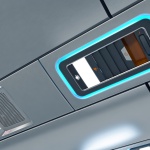 Prietsmangoode looked at increasing personal territory and enabling passengers to reclaim their own space. One of the key ways in which we were able to do this was by installing the first of its kind passenger focused PSU (patent pending). This enables passengers to control the light and air condition of their seat without disturbing the passenger next to them.
Prietsmangoode looked at increasing personal territory and enabling passengers to reclaim their own space. One of the key ways in which we were able to do this was by installing the first of its kind passenger focused PSU (patent pending). This enables passengers to control the light and air condition of their seat without disturbing the passenger next to them.
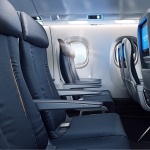 The internal windows have been designed to appear larger, creating a greater feeling of space. The designs offer a clean, contemporary cabin that not only enhances passenger experience, but significantly improves efficiency and maintenance for airlines and leasing companies alike.
The internal windows have been designed to appear larger, creating a greater feeling of space. The designs offer a clean, contemporary cabin that not only enhances passenger experience, but significantly improves efficiency and maintenance for airlines and leasing companies alike.
The team at Preistmangoode worked closely with Embraer, a Brazilian manufacturer who are currently the third largest producer of aircraft after Airbus and Boeing. Priestmangoode’s goal was to design a cabin with a clear differentiation from competitors in narrow body aircraft manufacture.
Currently two UK based airlines use these low capacity single aisle cabins, Flybe and BA CityFlyer, but with the new design unveiled at the Farnborough airshow in July, it may not be long before we see more budget airlines taking on the planes.
[xyz-ihs snippet=”new-plane-design”]
This is the latest project in a long-standing relationship between the London and China based design studio and the Brazilian company, following Priestmangoode’s design for the Embraer Lineage 1000 executive jet interior.
Paul Priestman comments:
“We have a long standing relationship with Embraer, and this project has cemented a fruitful partnership between our companies. Embraer is continuously investing in its fleet, research and development and shows great design leadership, and commitment to the passenger experience and long term sustainability”
The new Embraer jet is scheduled to take off in 2018.
Pictures by Priestmangoode
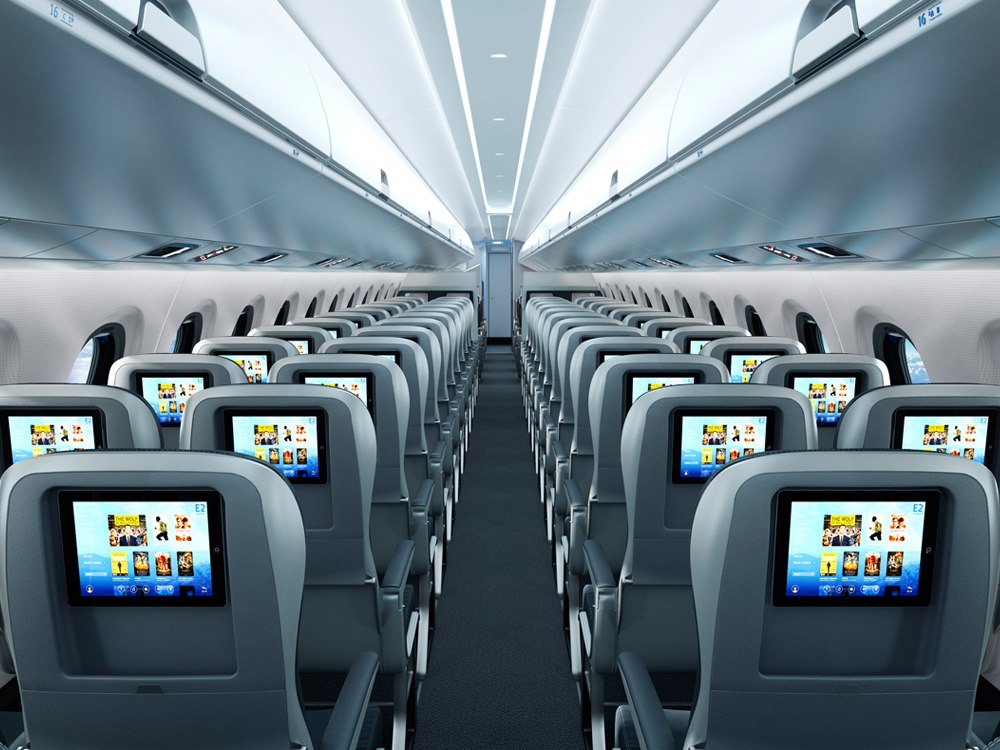
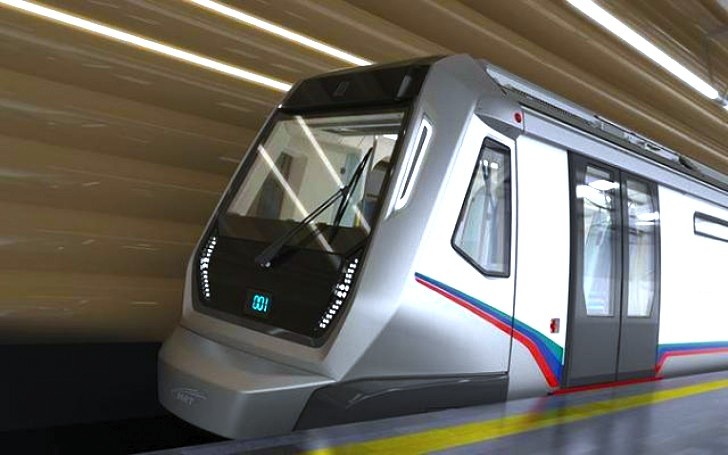
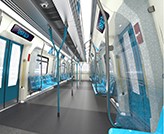
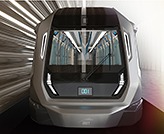 In the train interior the interplay of past and future continues: The lively colour concept with varying shades of blue and traditional symmetrical patterns is a fresh interpretation of the vitality and cultural diversity of Kuala Lumpur. Color contrasts in the door areas help guide passengers and enable an easy entrance or exit. The train interior features an LED lighting system. The use of indirect light beneath the seats creates a feeling of spaciousness and safety and enables easy maintenance of the trains.
In the train interior the interplay of past and future continues: The lively colour concept with varying shades of blue and traditional symmetrical patterns is a fresh interpretation of the vitality and cultural diversity of Kuala Lumpur. Color contrasts in the door areas help guide passengers and enable an easy entrance or exit. The train interior features an LED lighting system. The use of indirect light beneath the seats creates a feeling of spaciousness and safety and enables easy maintenance of the trains.